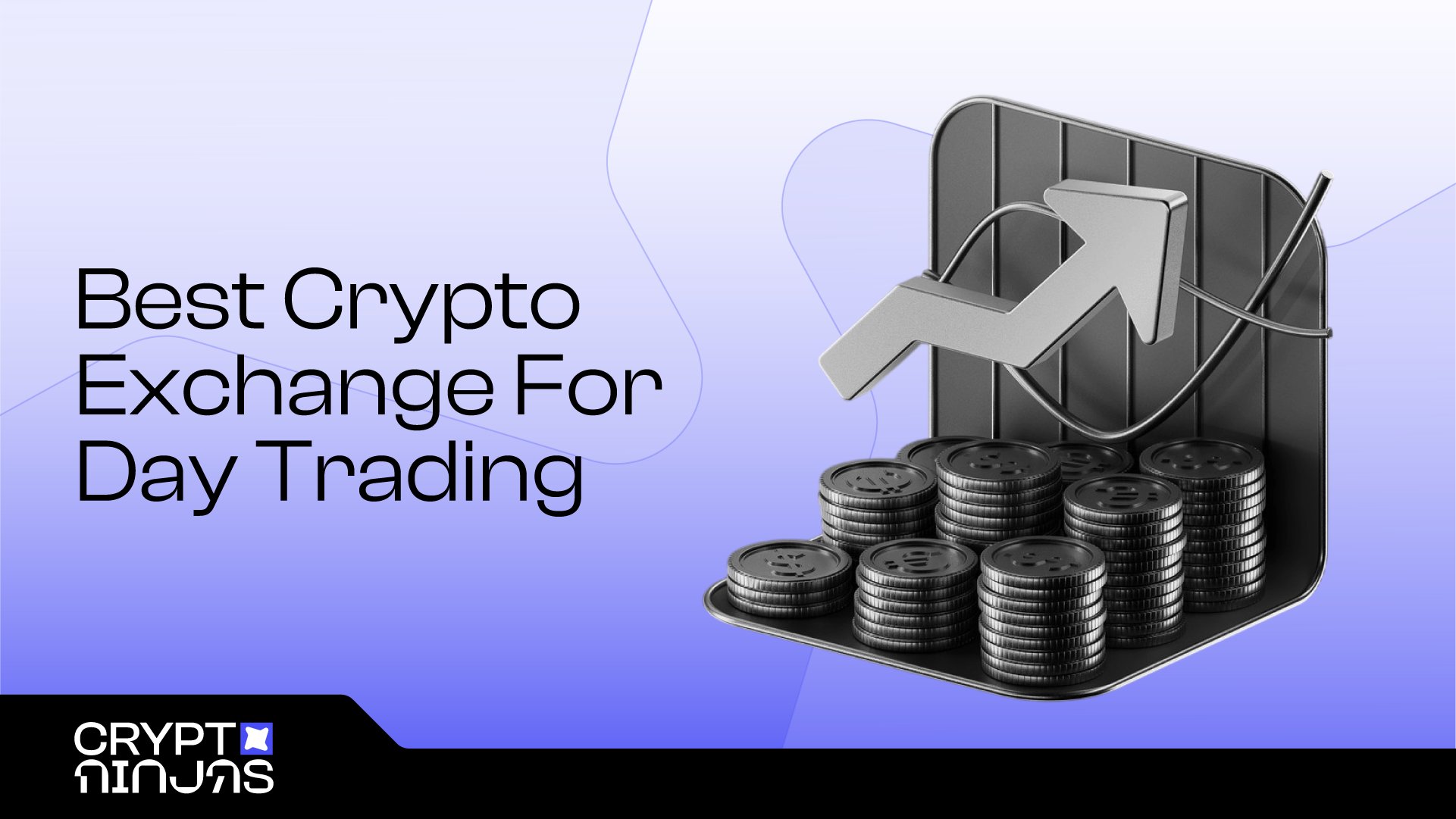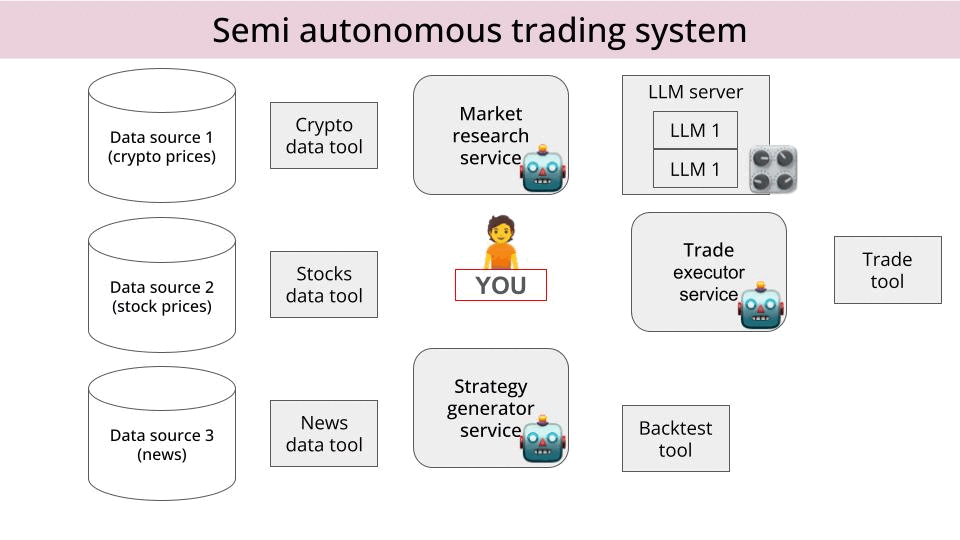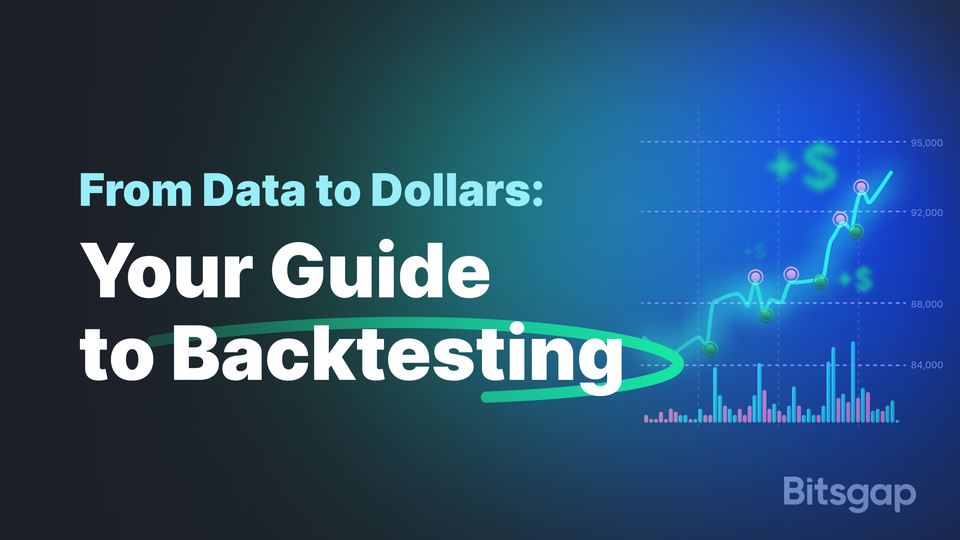Did you know that some traders spend more time choosing their backtesting software than they do actually trading? Choosing the right backtesting software is crucial for enhancing your day trading strategy. In this article, we’ll explore essential features to look for, from speed and accuracy to user-friendliness and integration options. We’ll also compare free versus paid tools, highlight the best platforms for beginners, and discuss how to evaluate the reliability of backtesting results. Whether you're analyzing data sources, customizing strategies, or ensuring security, our insights will help you make an informed decision. With the right tools, you can optimize your day trading performance and simulate various market conditions effectively. Let’s dive in!
What features should I look for in backtesting software for day trading?
Look for accurate historical data, customizable strategies, and real-time simulation. Ensure it offers fast execution, detailed analytics, and support for multiple indicators. User-friendly interface and the ability to test on different timeframes matter too. Compatibility with your trading platform and reliable performance are key.
How do I compare backtesting tools for day trading accuracy?
Compare backtesting tools by checking their data accuracy, speed, and ease of use. Look for features like realistic order execution, customizable strategies, and detailed performance metrics. Read reviews from traders to see how reliable and precise their backtests are. Test multiple platforms with your own data to see which matches real trading results closely. Prioritize software with transparent algorithms and support for multiple asset classes.
Which backtesting software is best for beginners in day trading?
TradingView is the best backtesting software for beginners in day trading. It offers an intuitive interface, easy-to-use chart tools, and built-in scripting with Pine Script for simple strategy testing. Its community shared strategies help new traders learn quickly, and it supports real-time data for accurate testing.
How important is speed in backtesting software for day trading?
Speed in backtesting software is crucial for day trading because it allows you to test multiple strategies quickly, adapt to market changes fast, and optimize trading algorithms without delays. Faster backtesting means more iterations in less time, helping you identify profitable setups before the market moves. If the software is slow, you risk missing opportunities and making decisions based on outdated data.
Can I use free backtesting tools for day trading?
Yes, you can use free backtesting tools for day trading. Many platforms like TradingView, ThinkorSwim, and TradingSim offer free versions that help test strategies. Just ensure the tool provides real-time data and supports your trading style.
What are the top paid backtesting platforms for day traders?

The top paid backtesting platforms for day traders are TradingView, MetaTrader 5, NinjaTrader, TradeStation, and QuantConnect.
How do I evaluate the reliability of backtesting results?
Check if the backtesting software uses realistic assumptions, like accurate order execution and slippage. Look for comprehensive historical data that covers different market conditions. Validate results with out-of-sample testing or forward testing to see if the strategy holds up in new data. Ensure the software logs detailed metrics—like profit factor, drawdowns, and trade statistics—to judge consistency. Cross-verify results with multiple datasets or platforms to spot discrepancies. Finally, see if the software has a transparent methodology and positive user reviews from experienced traders.
What integration options should backtesting software offer?
Backtesting software should offer API integration for data feeds and trading platforms, CSV or Excel import/export, compatibility with popular trading platforms like MetaTrader or TradingView, and support for custom scripting or programming languages like Python or R. It should also allow integration with real-time market data sources and brokerage accounts for seamless testing and execution.
How user-friendly is backtesting software for new traders?
Backtesting software for new traders varies in user-friendliness. Some platforms offer intuitive interfaces, step-by-step guides, and visual tools that make testing strategies straightforward. Others can be complex, with steep learning curves and technical requirements. Look for software with clear tutorials, easy setup, and support features. User-friendly options help new traders quickly learn and test strategies without frustration.
What data sources are compatible with different backtesting tools?

Compatible data sources for backtesting tools include CSV files, SQL databases, APIs from brokers like Interactive Brokers or TD Ameritrade, and specialized data providers such as Quandl or Alpha Vantage. Ensure the backtesting software supports importing data in formats like CSV, JSON, or via API integration. Some platforms also accept real-time streaming data for more dynamic testing. Check if the tool connects seamlessly with your preferred data source to avoid manual conversions.
How customizable are backtesting strategies in these programs?
Backtesting strategies in these programs are highly customizable. You can tailor parameters, indicators, and trading rules to match your specific strategies. Most offer scripting options or visual editors for creating unique backtests. You can adjust timeframes, entry and exit criteria, risk management rules, and more. This flexibility lets you simulate complex, personalized trading approaches accurately.
What are the common limitations of backtesting software?
Common limitations of backtesting software include unrealistic assumptions about market conditions, overfitting to historical data, limited data quality or availability, inability to account for slippage and transaction costs accurately, and a lack of real-time execution simulation. It may also struggle with complex strategies or large datasets, leading to slow performance or simplified results that don’t reflect live trading.
How does backtesting software handle real-time data?
Backtesting software handles real-time data by streaming live market information into the platform, allowing traders to simulate strategies with current prices, order flow, and volume. It updates the data continuously during testing, enabling accurate assessment of how a strategy performs in actual market conditions. Some tools also let users set up real-time alerts and adjust parameters on the fly, mimicking live trading environments.
What security features should I consider in backtesting platforms?
Look for robust data encryption, secure login with two-factor authentication, and regular security updates. Ensure the platform offers role-based access control and audit logs. Check if it supports secure API integrations and complies with industry security standards like ISO or SOC. Data backup and disaster recovery options are essential. Make sure the platform has a history of security audits and transparent privacy policies.
How do I choose backtesting software for specific markets (Forex, stocks, crypto)?

Pick software that offers tailored data for your market—Forex, stocks, or crypto. Check if it supports your trading strategies and provides accurate, historical data. Look for user-friendly interfaces, customizable indicators, and robust backtest speed. Ensure it integrates with your broker or trading platform. Read reviews from traders in your market to see how well it handles specific market conditions.
What customer support options are available for backtesting tools?
Customer support options for backtesting tools include live chat, email support, phone assistance, comprehensive online help centers, video tutorials, and user forums. Some providers offer dedicated account managers or onboarding services. Look for tools with responsive support to troubleshoot issues quickly and ensure smooth backtesting experiences.
How does backtesting software improve day trading performance?
Backtesting software helps day traders spot profitable strategies by testing them on historical data, revealing which setups work best. It saves time by removing guesswork, letting traders refine entries and exits before risking real money. Accurate simulations highlight potential risks and rewards, improving decision-making. Good backtesting tools also let traders tweak parameters quickly, adapting strategies to changing markets. Ultimately, it boosts confidence and increases the likelihood of consistent gains.
Learn about How to Use Backtesting to Improve Your Day Trading Performance
Can backtesting software simulate different market conditions?
Yes, some backtesting software can simulate different market conditions by adjusting parameters like volatility, liquidity, and trend scenarios. Look for tools that offer customizable environment features or stress-testing options to see how your strategy performs in various market environments.
What are the costs associated with various backtesting options?
Backtesting costs vary: free tools like TradingView have limited features, while paid software like QuantConnect or TradeStation can cost hundreds to thousands annually. Custom solutions may involve development fees and data subscriptions. Data costs depend on the quality and frequency needed—more detailed tick data is pricier. Consider platform subscription fees, data feed charges, and potential costs for advanced analytics or support.
How can I ensure my backtesting results are realistic?
Use realistic data with accurate historical prices and account for slippage, commissions, and transaction costs in your backtest. Avoid curve-fitting by testing on out-of-sample data, and ensure your trading strategy reflects real-world conditions like market volatility and liquidity. Validate results through forward testing or paper trading before risking real money.
Conclusion about How to Choose the Right Backtesting Software for Day Trading
Choosing the right backtesting software is crucial for enhancing your day trading strategy. Focus on features like accuracy, speed, and user-friendliness to ensure effective analysis. Utilize both free and paid options, while considering the integration of reliable data sources and security measures. Evaluate customer support and the ability to simulate various market conditions. Ultimately, the right backtesting tool can significantly improve your trading performance. For expert guidance and in-depth insights on selecting backtesting software, turn to DayTradingBusiness.